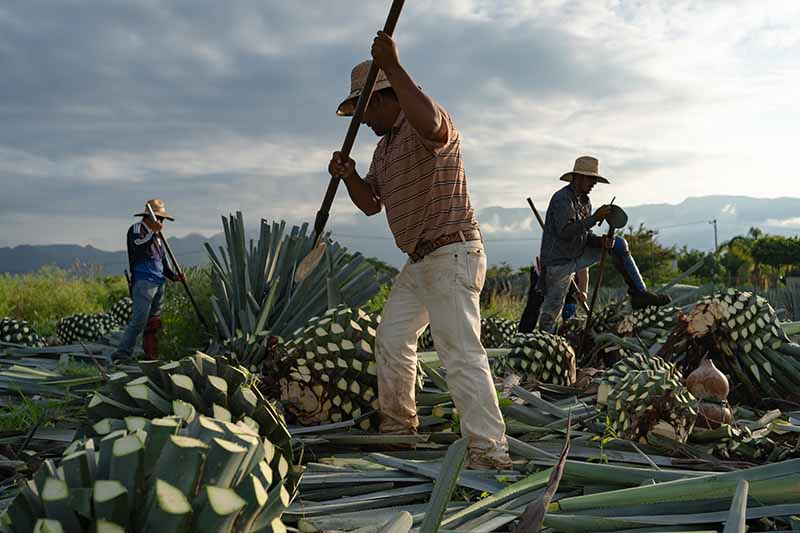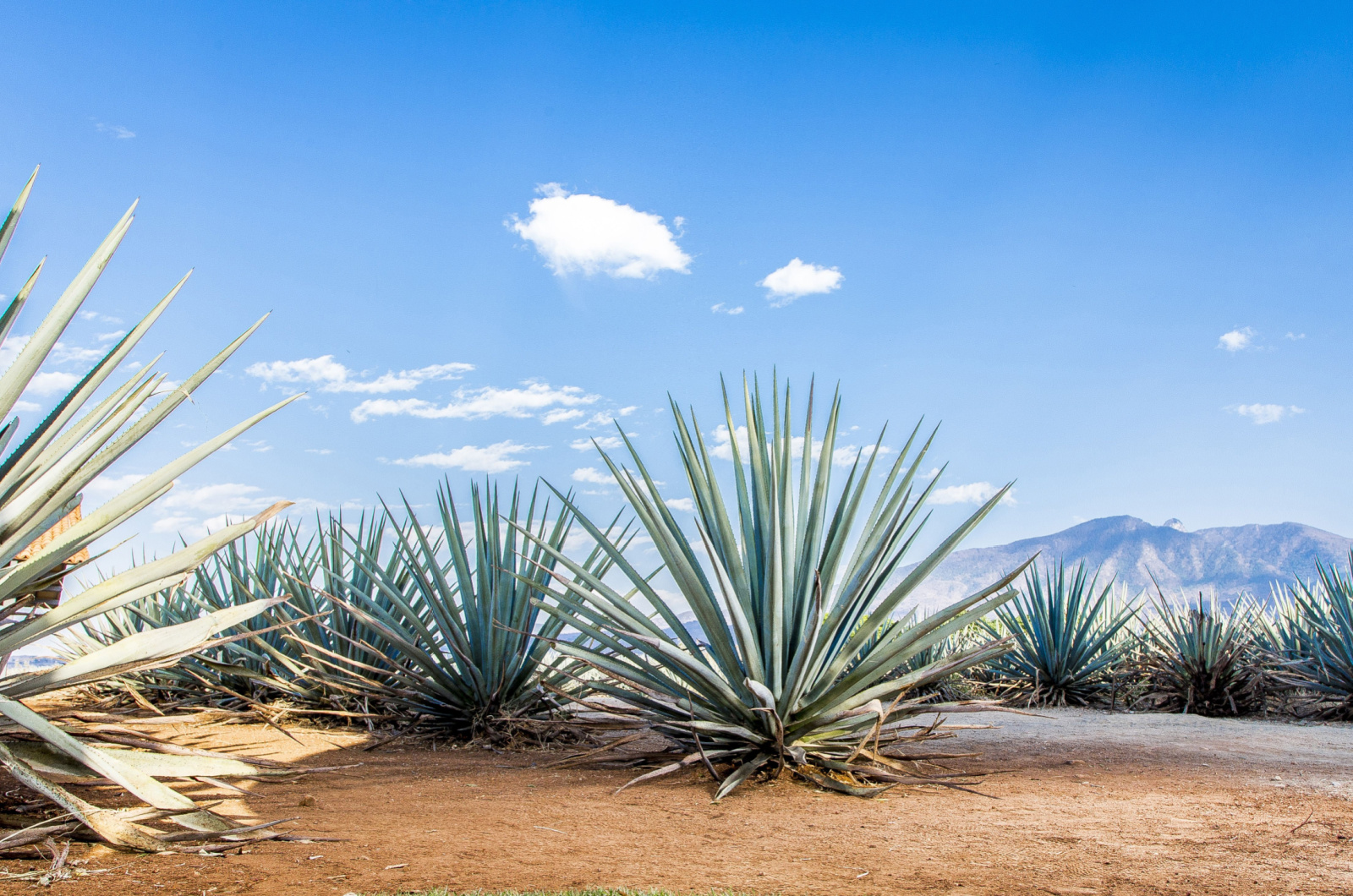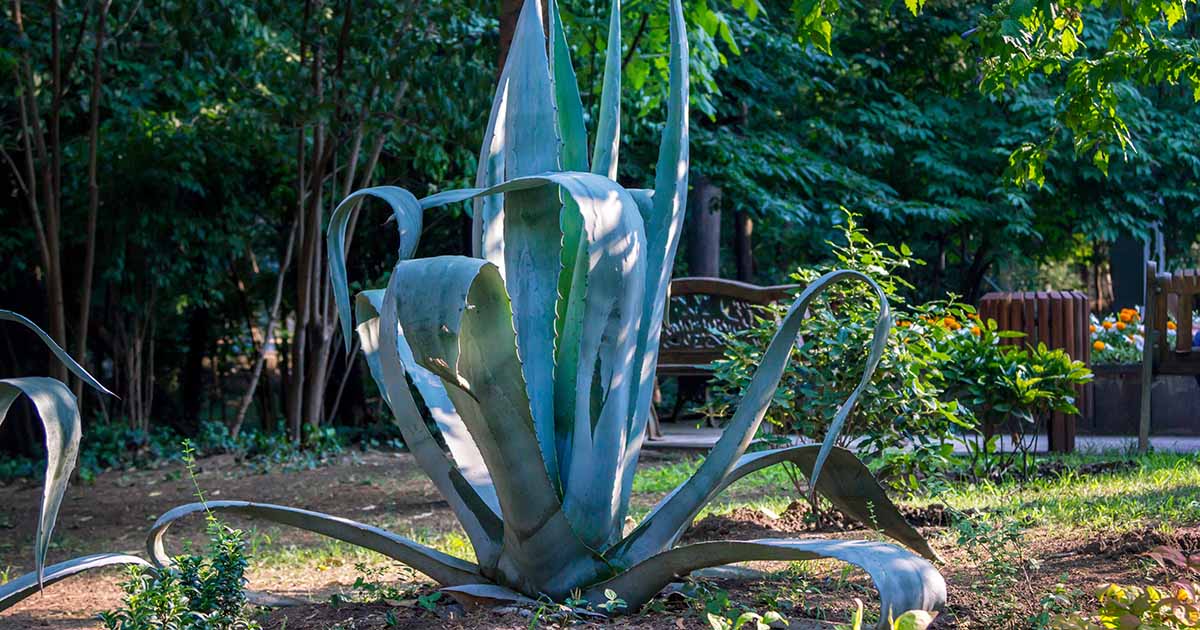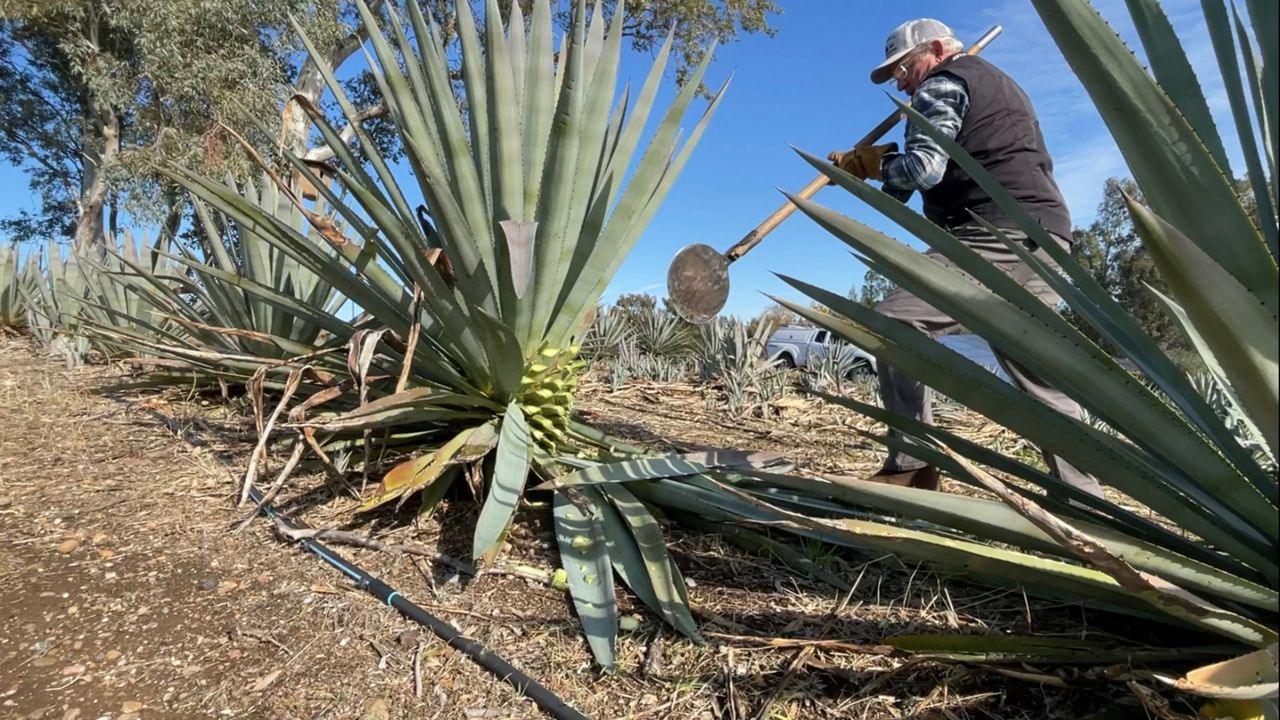Agave Cultivation: A Step-by-Step Guide for Successful Growth

When I first started growing agave, I was honestly a bit scared of those sharp, architectural leaves—they seemed so tough and unforgiving. I worried that one wrong move, one too many drops of water, and my plants would be doomed. But with time, I learned that agave cultivation isn’t about micromanaging; it’s about tuning in and letting these desert warriors do their thing. Between you and me, they’re survivors, not divas.
let me share what took me a while to figure out—agaves want simple, patient care, not constant fussing.
what agaves really need: soil that breathes, sun that warms, and water that waits
imagine the desert floor: gritty sandy soil full of rocks baking under the sun. That’s the vibe you’re aiming for.
-
Soil: Heavy garden soil? Nope. It holds too much moisture and invites root rot. My go-to mix is half cactus potting soil (you can find this at most garden centers) plus half coarse sand or crushed lava rock. This combo drains fast and keeps roots happy. Sometimes I throw in a handful of perlite for extra aeration—it’s like giving your agave a pair of breathable sneakers.
-
Sunlight: Agaves love bright sun. Outdoors, pick a spot with at least 6 hours of direct sunlight daily—south-facing is usually best. Indoors, especially in cloudy places like Oregon winters, I used a 40-watt full-spectrum LED grow light about 12 inches above the plant for 10 to 12 hours a day. It made a noticeable difference in leaf color and firmness.
-
Water: Here’s where I stumbled big time at first—overwatering is the silent killer. I used to water weekly out of nervousness (bad idea). Now I wait until the top two inches of soil are completely dry before watering again—usually every 2-3 weeks in summer, even less during fall/winter. When you do water, soak thoroughly but let all excess drain away.

Step-By-Step: How to Get Your Agave Off to a Strong Start
-
Scout Your Spot
Before planting, watch your chosen patch throughout the day for a few days. Does it get full sun at midday? Is there any shade creeping in unexpectedly? In my early days near my south-facing porch, observing light shifts helped me avoid shady traps later on. -
Make Desert-Inspired Soil Mix
Half cactus soil + half coarse sand or lava rock works great. Don’t stress exact ratios; just keep it gritty and well-draining. If you want to experiment, volcanic lava rock adds extra air pockets that roots adore. -
Plant Like You’re Tucking In A Friend
When placing your agave in soil, don’t bury its crown (the neck just above roots). Keep that “head” peeking proudly above ground—like it’s basking in sunlight rather than hiding under dirt. -
Water Like You’re Caring for a Succulent Baby Elephant
Water deeply but infrequently! Overwatering caused me to lose some plants early on—it’s painful but true: less is more here. -
Feed Lightly Without Going Overboard
Fertilize once or twice during the growing season with a gentle balanced fertilizer (I use a diluted 10-10-10 formula at about half strength). Early spring and midsummer are good times—too much fertilizer can cause floppy leaves or invite pests like aphids. -
Propagation Joy: Watch for Baby Pups
Agaves send out pups (little clones) after they settle in — usually when they reach around 4 inches tall you can carefully separate them for new pots or garden spots. One spring repotting session tripled my collection without spending extra money! -
Be Patient if You Dream of Harvesting Syrup or Spirits
Some agaves take nearly 10 years to mature enough for syrup or tequila production—a long game but worth it if that’s your goal.
Real Stories That Made Me Rethink Agave Care
Luis from Texas wanted homemade agave syrup but didn’t want to keep buying seedlings every year (who does?). Instead he nurtured pups from his existing plants over three years—saving hundreds and learning plant cycles deeply.
Maria from Arizona hates watering chores during hot summers — she mulch-mulches her outdoor plants with gravel beneath them to trap just enough moisture overnight without drowning roots while letting heat radiate off stones nearby—a little desert luxury care she calls it.

Sarah in urban California battled gray winters by combining south-facing windows with grow lights indoors—and tracked watering on her phone calendar religiously until pups started popping up everywhere—a sign she was onto something!
When Things Go Sideways—and How To Fix Them
Even with all precautions, hiccups happen:
-
Root Rot Creeping In?
Stop watering immediately! Remove mushy roots carefully with sterilized scissors or pruners (it hurts but saves the plant). Top-dress soil with fresh gritty mix to keep things airy. -
Pesky Mealybugs Hanging Out?
These white fluff balls love hiding between leaves’ crevices but insecticidal soap spray combined with gentle cotton swab cleaning weekly usually clears them up fast before they spread too far. -
Cold Weather Nipping Young Shoots?
Freeze nights can kill tender babies fast! Cover outdoor plants with frost cloths or bring potted ones inside overnight when temperatures dip below freezing—even just adding this small buffer helps immensely.
Don’t let setbacks shake you—they’re part of learning how to be an agave whisperer!

Your First Moves Today: Kickstart The Journey
- Find that sunny patch where morning birds sing their best songs.
- Mix up some gritty soil—don’t sweat perfect ratios.
- Gently tuck your starter plant into its new home.
- Set calendar reminders for watering—remember it’s rare not routine.
- Jot down quick notes on leaf color and texture weekly.
- Join communities like “Agave Growers Network” online or chat with local gardeners.
- Keep patience close—it won’t be perfect overnight but will blossom beautifully over time.
Little Encouragement From Someone Who’s Been There
If you’re reading this wondering if you really can pull it off—I get it! I was overwhelmed too at first (and lost some epic battles). But watching those rosettes slowly open wide under warm sun became one of my favorite gardening victories—not because it was easy but because it taught me patience and trust.

Try asking yourself: “Have I noticed if my agave’s leaves look wrinkled after watering? Or maybe plump and happy?” Small observations like these become your best guides as you learn their rhythm together.
Gardening isn’t about perfection anyway—it’s about relationship-building with nature’s quirks.
You’ve got what it takes now to coax life out of spiky resilience itself. Happy planting!
If you want an easy takeaway checklist or have questions as you go along, just ask—I’m here cheering for every leaf unfurled!




